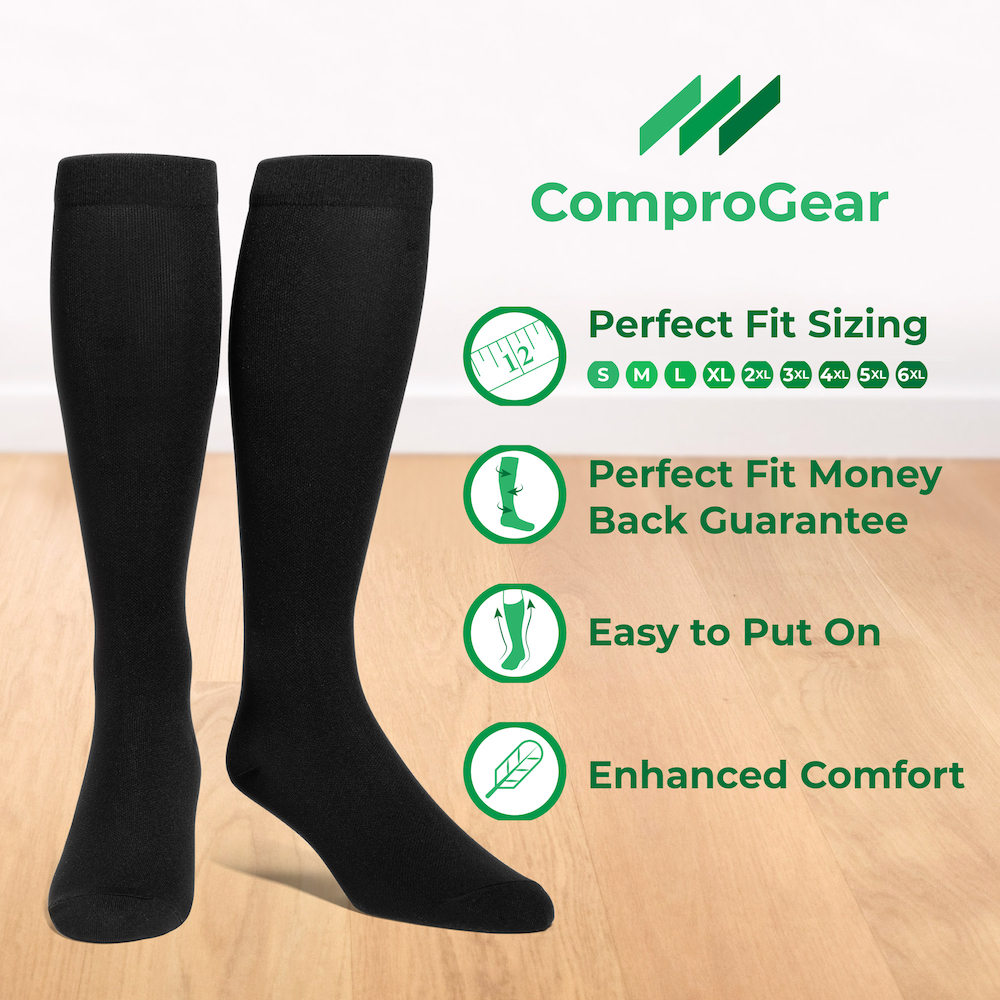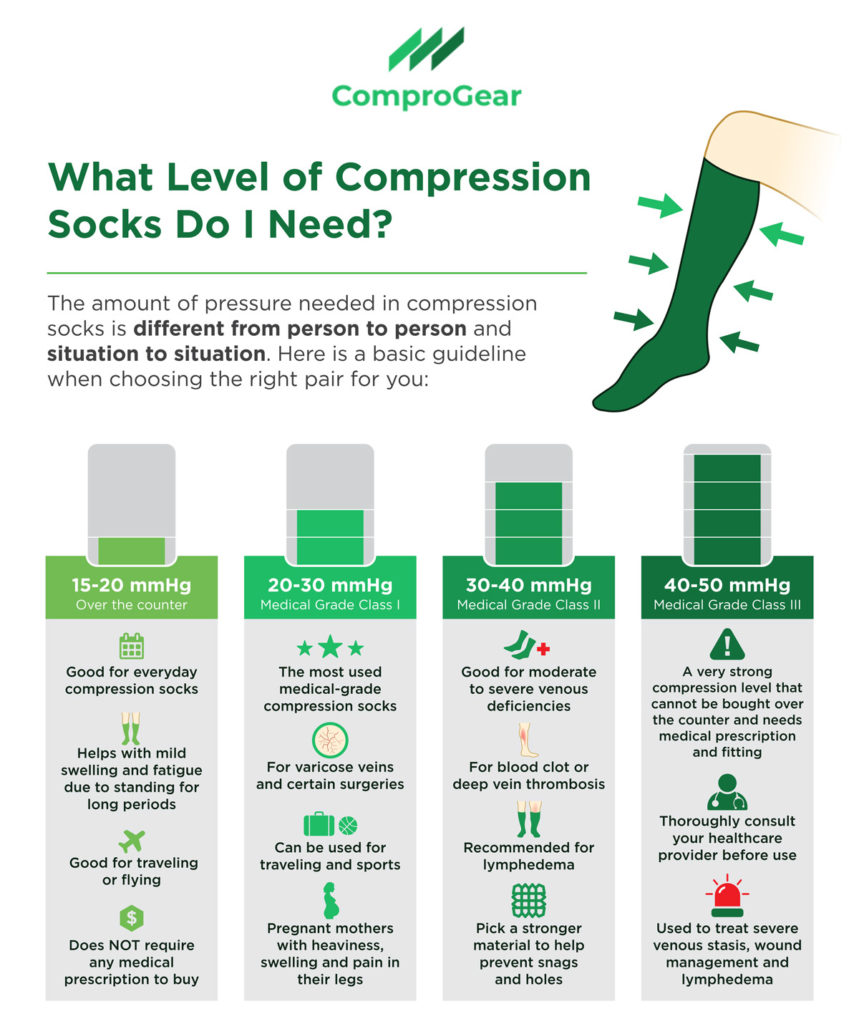
Compression socks exert continuous pressure on your legs to provide a myriad of health benefits. However, these specialized socks come in a variety of pressure levels, and it can be confusing which ones to use.
Because the amount of pressure needed varies from person to person and situation to situation, the following guideline is used to maximize the advantages of compression socks.
Which Compression Level is Best for You?
Each individual can find the compression range best suited to their needs by learning about the classification of compression socks. Pressure socks with compression levels that are 30-40 mmHg or lower do not require a doctor’s prescription and can be picked up online through ComproGear or select pharmacies.
For very high compression ranges, you should consult with your doctor before using. Higher pressure ratings should only be worn when recommended by a physician, as some medical conditions don’t respond well to compression hose.
Let’s take a look at the common pressure ratings for pressure socks you’ll find on the market:
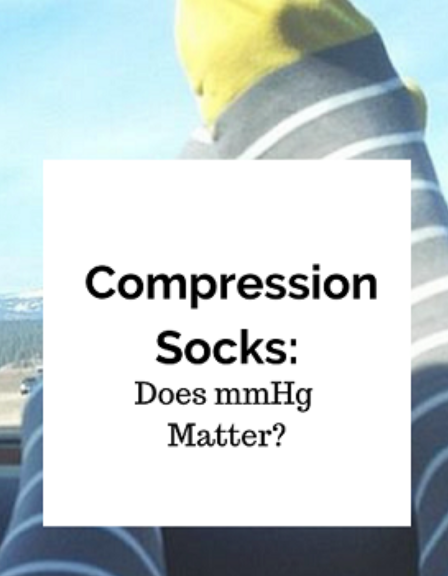
Light Compression: 8-15 mmHg
A light compression range of 8-15 mmHg is gentle enough to be tolerated well by nearly any wearer. Garments falling in this range are:
- Ideal for individuals who occasionally experience minor swelling or edema symptoms.
- Individuals who want to prevent the feelings of soreness, pain and fatigue from long periods of sitting at work or while traveling.
- People who do not have any specific leg conditions or diseases but who wish to protect their feet and ankles from minor injuries.
- Pregnant mothers during the initial stages of their pregnancy can also use light compression socks to improve blood flow through the legs.
- For people who want to stay fit and keep themselves feeling energized.
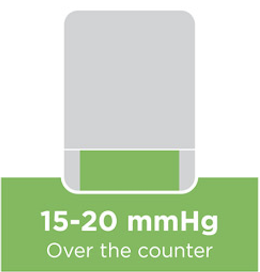
Mild Compression: 15-20 mmHg
This mild compression range of 15-20 mmHg is the second most commonly used compression level. Support garments in this range are ideal for:
- People suffering from minor to moderate spider veins or varicose veins or who are prone to them.
- Individuals who face minor to moderate swelling and edema symptoms.
- Those that need to reduce the risks of DVT (Deep Vein Thrombosis).
- Pregnant mothers who suspect symptoms of venous insufficiency and varicose veins.
- People who prefer a more gentle squeeze on their legs and feel uncomfortable wearing moderate or high-compression stockings.
- Long-distance travelers who experience edema, swollen legs and discomfort during travel via road or by air for long hours.
- Many athletes, runners and workout enthusiasts who prefer a mild compression range.
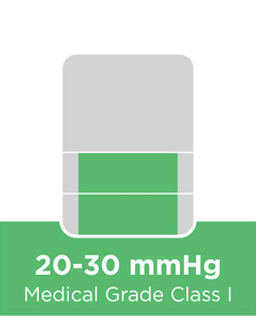
Moderate Compression: 20-30 mmHg
A moderate pressure level of 20-30 mmHg compression stockings is the most common and also the most readily available. Although they are labelled as Class-I Medical-Grade garments, you do not need a prescription to get a pair. Moderate compression is perfect for:
- Patients with moderate to severe edema, swollen feet and ankles.
- Suitable to control the progression of varicose veins, DVT (Deep Vein Thrombosis) and spider veins.
- Individuals recovering from surgery, medical procedures or post-sclerotherapy treatment.
- Nurses, emergency crews, medical staff and doctors who endure long, strenuous shifts.
- Pregnant mothers who are fighting leg conditions like varicose veins, spider veins or lymphedema.
- People who recently underwent treatment for ulcers, thrombophlebitis, post-thrombotic syndrome and may be prone to such conditions in the future.
- Gymnasts and some football players also prefer moderate compression for enhanced muscle performance.
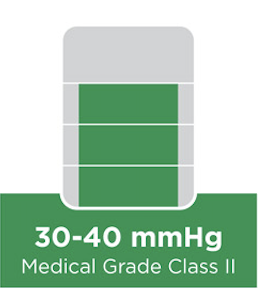
High Compression: 30-40 mmHg
High compression or Medical-Grade Class-II support garments offer a pressure rating of 30-40 mmHg.
Some clinics refer to this range as firm compression. These high compression levels can be useful for:
- Severe cases of edema, varicose veins, DVT, spider veins and progressing lymphedema.
- Patients with chronic orthostatic hypotension and rapidly increasing venous insufficiencies in the legs.
- Post-surgical recovery or treatment of active ulcer manifestations.
- Preventing the reappearance of ulcers, varicose veins and clotting after surgery.
- Preventing blood clots
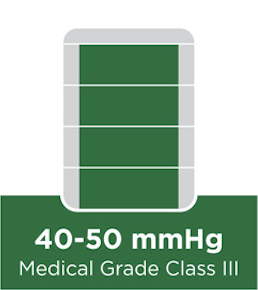
Very High Compression: 40-50 mmHg
These Medical-Grade Class-III support garments offer the highest level of compression.
You can buy these with a doctor’s prescription and must use them only under your physician’s recommendation.
They can be helpful in wound management and some severe cases of lymphedema.
Remember that 40-50 mmHg is a firm compression and can be detrimental to your health if not used according to professional medical advice.
Pressure Levels of Compression Socks
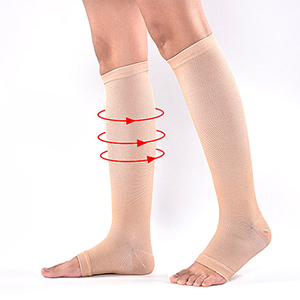
Support garments such as compression socks or sleeves all have one common purpose: to apply constant pressure on a specific part of the wearer’s body.
Gravity is always working against your heart as it pumps blood throughout the body. As a result, your blood and lymph fluids experience a constant gravitational pull downwards. Although our circulatory system is able to pump nutrient-rich oxygenated blood to all parts of the body, gravity can make that more difficult.
Compression socks are your most reliable defense against the adverse effects of gravity. The are usually made from durable elastic material and breathable fabrics strong enough to compress the veins of the legs. This keeps circulation healthy.
Despite a wide range of brands being available on the market today, the standard units of mmHg (millimeters of mercury) are used by all to classify compression stockings.
Often times, compression is applied in a graduated pattern, meaning the pressure slowly decreases from the bottom to the top of the compression garment. The ankle region will have the maximum amount of compression while the knee region (in case of knee-high socks) will have less compression.
Related Articles
- Sock Soothers
- Compression Sleeves for Legs
- Medical Compression Socks
- Compression Socks for Men
- Best Compression Socks for Swelling
- Wide Calf Compression Socks
- Can You Wear Compression Stockings 24 Hours a Day
- Toeless Compression Socks
- Easy To Put On Compression Socks for Elderly
- Do Compression Socks Help Gout
What Other Factors Should You Consider?
While the compression level of your compression socks is the most significant factor when it comes to choosing a pair, compression socks also come in a variety of lengths, sizes and styles. Here are a few things you should keep in mind:
Sizing
Compression hosiery works on the principle of pressure application. For the graduated pressure to be effective, the size of the stockings must be precise. If you wear a size too large or too small, the compression socks will lose their effectiveness.
It is best that you measure your leg, and take a good look at the size chart before ordering. Even if your compression socks measurements seem perfect, leg sizes can change. If you purchase your compression hose from ComproGear and find that the size is incorrect, you may exchange or return the pair for free.
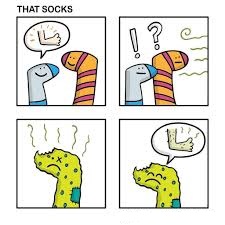
Suitable Height

You can find compression hosiery in ankle-high, knee-high, thigh-high, or pantyhose (waist-high) styles. Keep these options in mind when you are ordering a pair.
Depending on your attire, health condition, or personal preference, each style option can cover a selected portion of your leg.
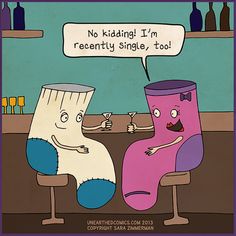
Preferred Shape or Configuration
Gradient pressure socks are available in an open-toe style, as a footless sleeve, or as a fully closed-toe sock. Compression sleeves are useful for both arms and legs as they do not have a section for the foot. Closed-toe socks look like regular socks; they will cover the entire foot.

Toeless or open-toe socks keep your toes uncovered to allow for more movement. Open-toe socks can come in handy if you sweat a lot in hot weather or have skin conditions such as corns or callouses.
For the same reasons, compression sleeves are a great option in the summertime. You’ll even be able to wear sandals or flip-flops with them.
Some modern pressure sock designs include a zipper. The zippered compression stockings usually have a side zipper along the calf to make it easier to get your socks on and off.
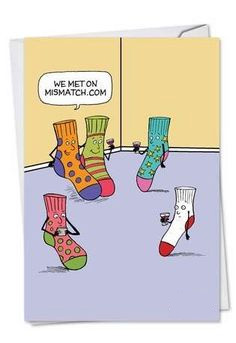
Compression Socks and mmHg
Compression levels will determine how firmly your socks apply pressure to the legs.
Look for the correct mmHg rating to choose which pressure level is best for you.
This page last updated December 10, 2022
